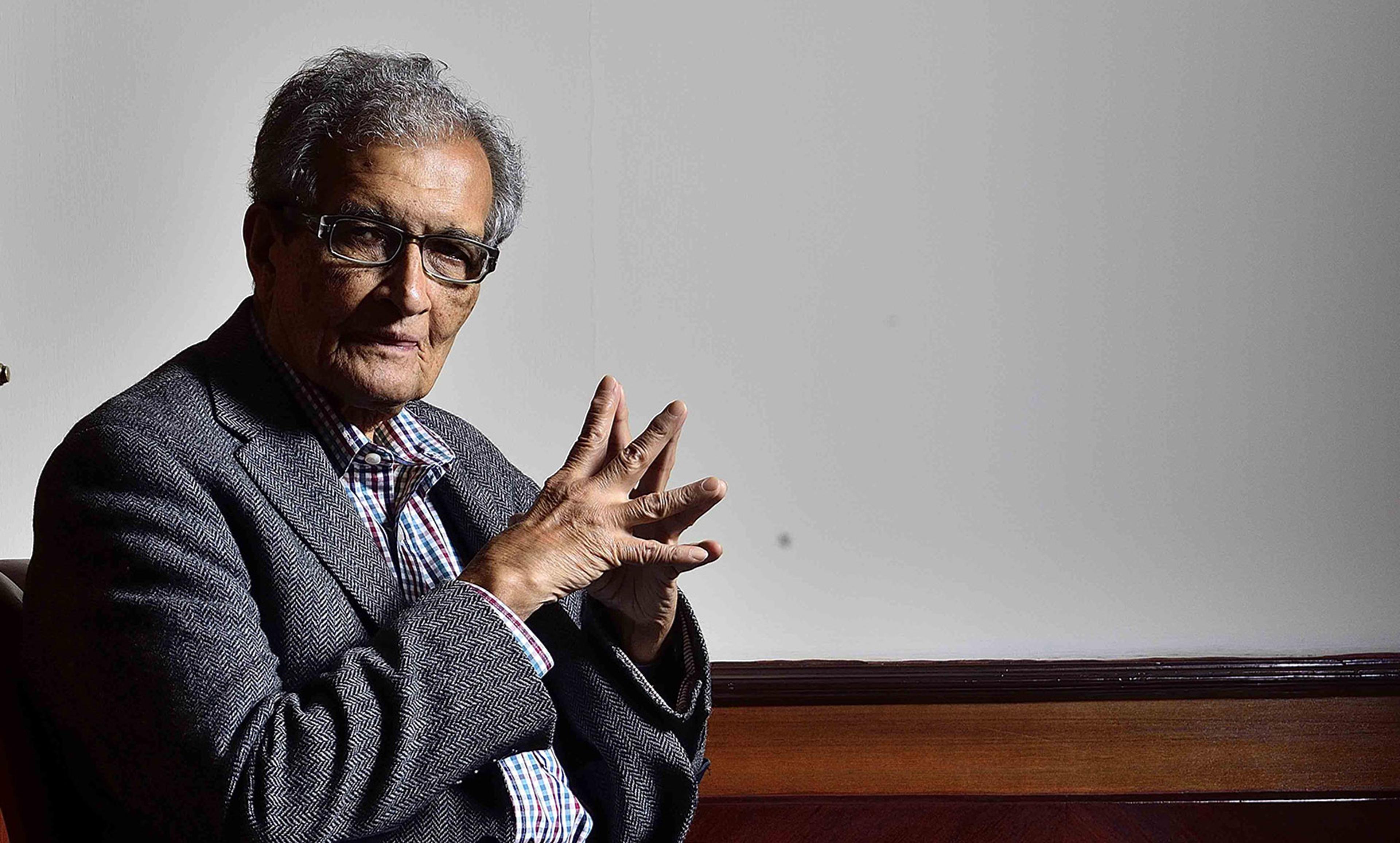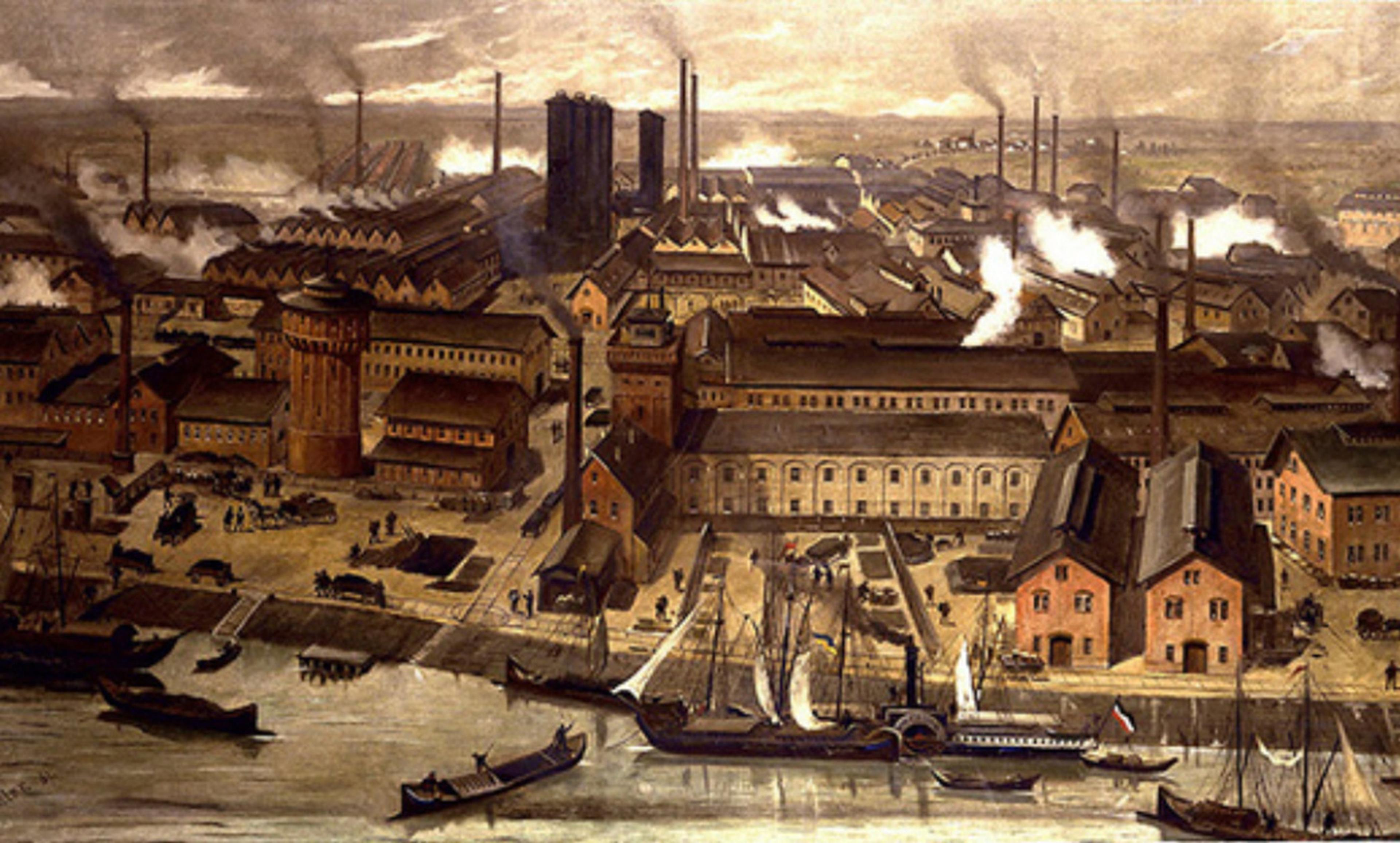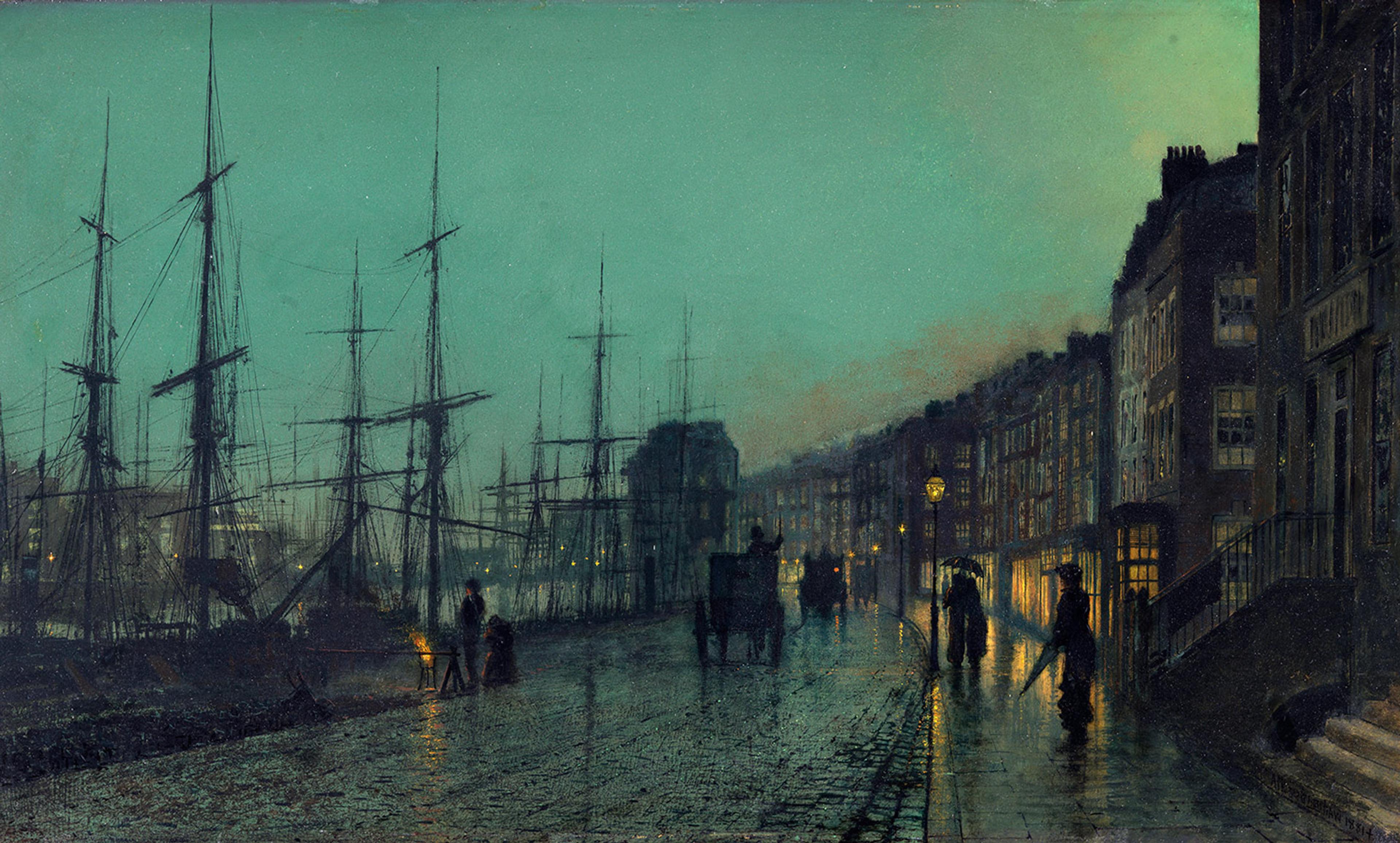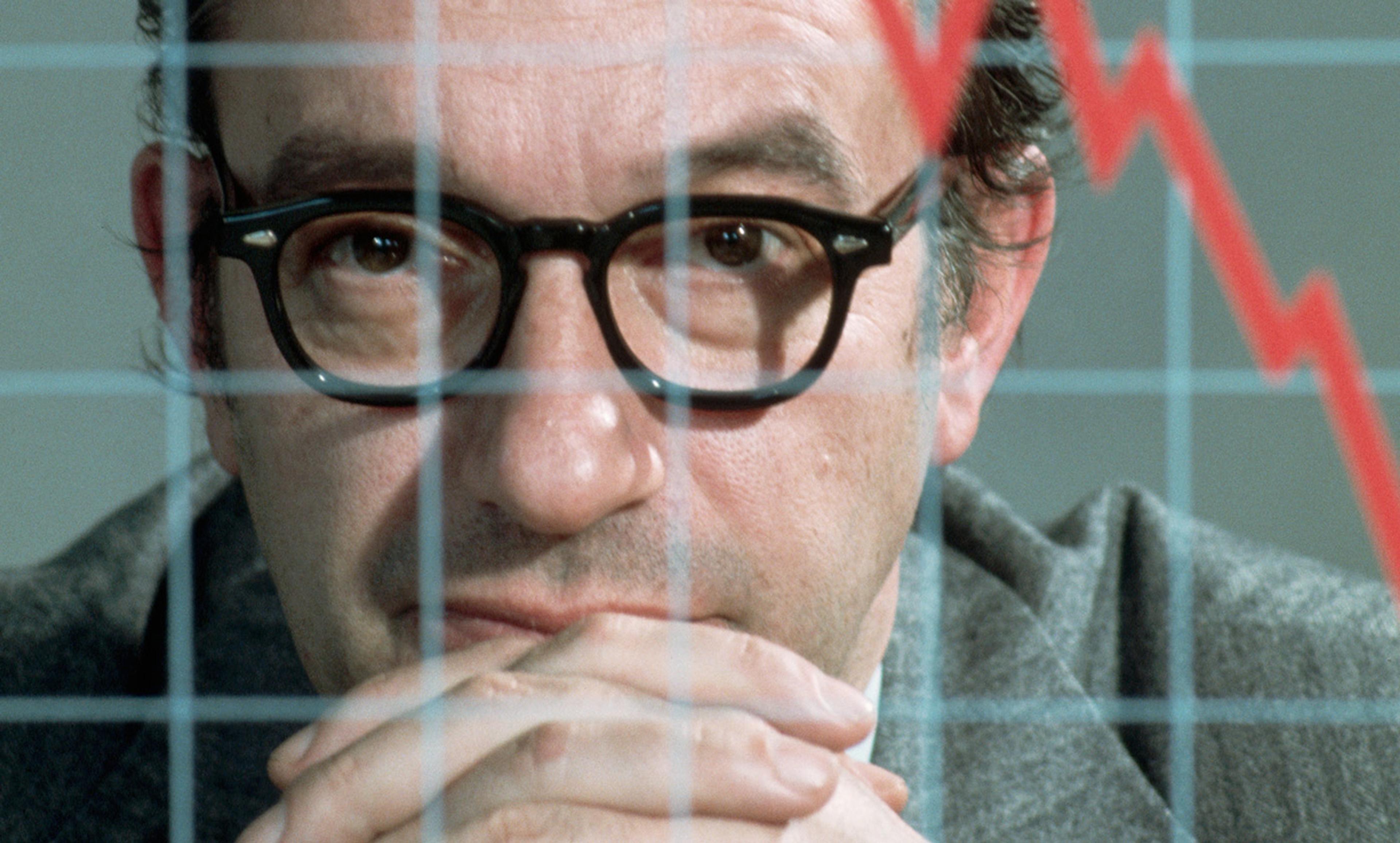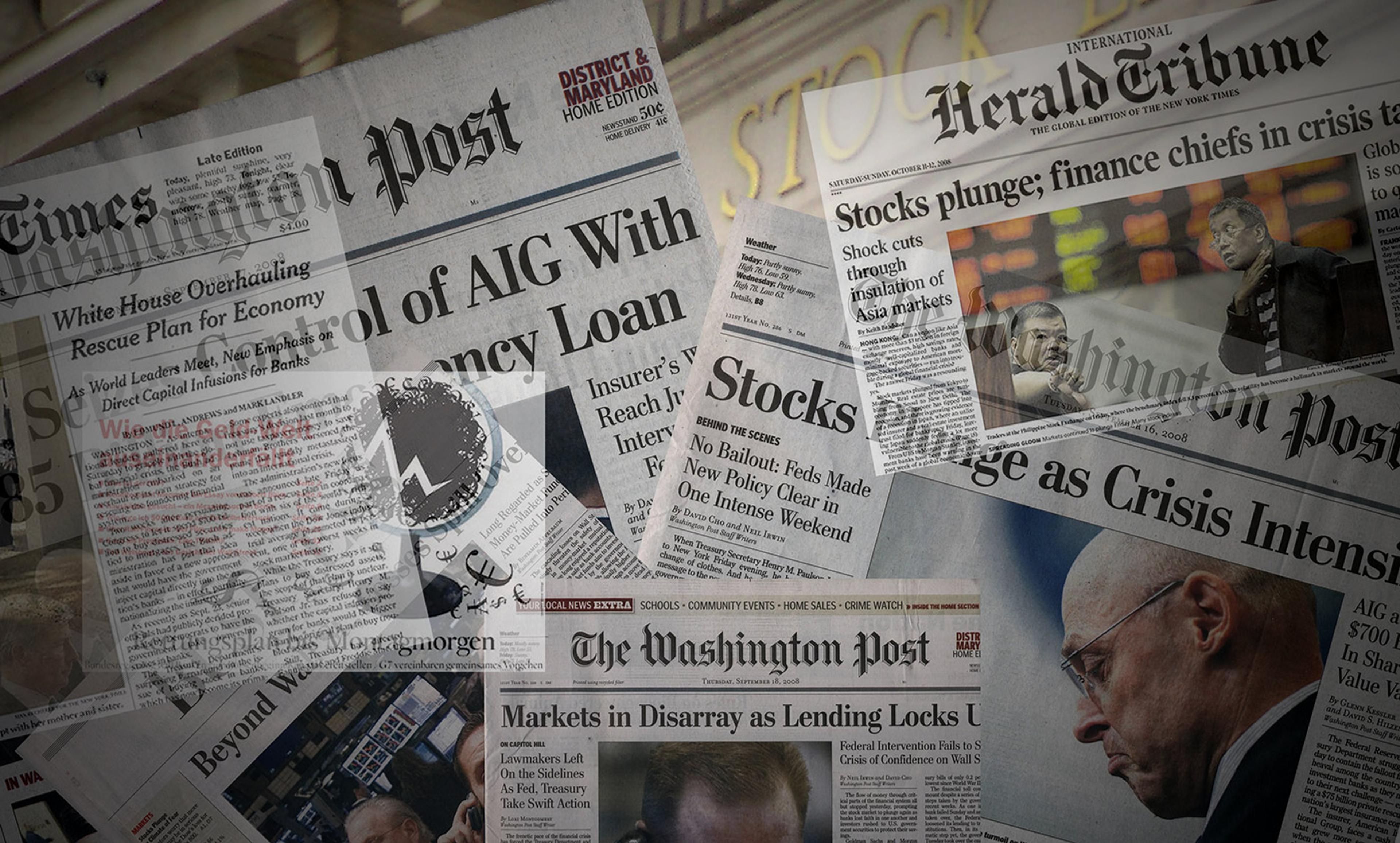Amartya Sen photographed in New Delhi, 2017. Photo by Priyanka Parashar/Mint/Getty
Critiques of capitalism come in two varieties. First, there is the moral or spiritual critique. This critique rejects Homo economicus as the organising heuristic of human affairs. Human beings, it says, need more than material things to prosper. Calculating power is only a small part of what makes us who we are. Moral and spiritual relationships are first-order concerns. Material fixes such as a universal basic income will make no difference to societies in which the basic relationships are felt to be unjust.
Then there is the material critique of capitalism. The economists who lead discussions of inequality now are its leading exponents. Homo economicus is the right starting point for social thought. We are poor calculators and single-minded, failing to see our advantage in the rational distribution of prosperity across societies. Hence inequality, the wages of ungoverned growth. But we are calculators all the same, and what we need above all is material plenty, thus the focus on the redress of material inequality. From good material outcomes, the rest follows.
The first kind of argument for capitalism’s reform seems recessive now. The material critique predominates. Ideas emerge in numbers and figures. Talk of non-material values in political economy is muted. The Christians and Marxists who once made the moral critique of capitalism their own are marginal. Utilitarianism grows ubiquitous and compulsory.
But then there is Amartya Sen.
Every major work on material inequality in the 21st century owes a debt to Sen. But his own writings treat material inequality as though the moral frameworks and social relationships that mediate economic exchanges matter. Famine is the nadir of material deprivation. But it seldom occurs – Sen argues – for lack of food. To understand why a people goes hungry, look not for catastrophic crop failure; look rather for malfunctions of the moral economy that moderates competing demands upon a scarce commodity. Material inequality of the most egregious kind is the problem here. But piecemeal modifications to the machinery of production and distribution will not solve it. The relationships between different members of the economy must be put right. Only then will there be enough to go around.
In Sen’s work, the two critiques of capitalism cooperate. We move from moral concerns to material outcomes and back again with no sense of a threshold separating the two. Sen disentangles moral and material issues without favouring one or the other, keeping both in focus. The separation between the two critiques of capitalism is real, but transcending the divide is possible, and not only at some esoteric remove. Sen’s is a singular mind, but his work has a widespread following, not least in provinces of modern life where the predominance of utilitarian thinking is most pronounced. In economics curricula and in the schools of public policy, in internationalist secretariats and in humanitarian NGOs, there too Sen has created a niche for thinking that crosses boundaries otherwise rigidly observed.
This was no feat of lonely genius or freakish charisma. It was an effort of ordinary human innovation, putting old ideas together in new combinations to tackle emerging problems. Formal training in economics, mathematics and moral philosophy supplied the tools Sen has used to construct his critical system. But the influence of Rabindranath Tagore sensitised Sen to the subtle interrelation between our moral lives and our material needs. And a profound historical sensibility has enabled him to see the sharp separation of the two domains as transient.
Tagore’s school at Santiniketan in West Bengal was Sen’s birthplace. Tagore’s pedagogy emphasised articulate relations between a person’s material and spiritual existences. Both were essential – biological necessity, self-creating freedom – but modern societies tended to confuse the proper relation between them. In Santiniketan, pupils played at unstructured exploration of the natural world between brief forays into the arts, learning to understand their sensory and spiritual selves as at once distinct and unified.
Sen left Santiniketan in the late 1940s as a young adult to study economics in Calcutta and Cambridge. The major contemporary controversy in economics was the theory of welfare, and debate was affected by Cold War contention between market- and state-based models of economic order. Sen’s sympathies were social democratic but anti-authoritarian. Welfare economists of the 1930s and 1940s sought to split the difference, insisting that states could legitimate programmes of redistribution by appeal to rigid utilitarian principles: a pound in a poor man’s pocket adds more to overall utility than the same pound in the rich man’s pile. Here was the material critique of capitalism in its infancy, and here is Sen’s response: maximising utility is not everyone’s abiding concern – saying so and then making policy accordingly is a form of tyranny – and in any case using government to move money around in pursuit of some notional optimum is a flawed means to that end.
Economic rationality harbours a hidden politics whose implementation damaged the moral economies that groups of people built up to govern their own lives, frustrating the achievement of its stated aims. In commercial societies, individuals pursue economic ends within agreed social and moral frameworks. The social and moral frameworks are neither superfluous nor inhibiting. They are the coefficients of durable growth.
Moral economies are not neutral, given, unvarying or universal. They are contested and evolving. Each person is more than a cold calculator of rational utility. Societies aren’t just engines of prosperity. The challenge is to make non-economic norms affecting market conduct legible, to bring the moral economies amid which market economies and administrative states function into focus. Thinking that bifurcates moral on the one hand and material on the other is inhibiting. But such thinking is not natural and inevitable, it is mutable and contingent – learned and apt to be unlearned.
Sen was not alone in seeing this. The American economist Kenneth Arrow was his most important interlocutor, connecting Sen in turn with the tradition of moral critique associated with R H Tawney and Karl Polanyi. Each was determined to re-integrate economics into frameworks of moral relationship and social choice. But Sen saw more clearly than any of them how this could be achieved. He realised that at earlier moments in modern political economy this separation of our moral lives from our material concerns had been inconceivable. Utilitarianism had blown in like a weather front around 1800, trailing extremes of moral fervour and calculating zeal in its wake. Sen sensed this climate of opinion changing, and set about cultivating ameliorative ideas and approaches eradicated by its onset once again.
There have been two critiques of capitalism, but there should be only one. Amartya Sen is the new century’s first great critic of capitalism because he has made that clear.
